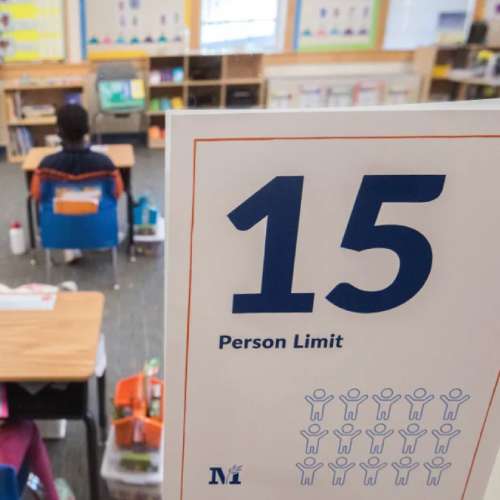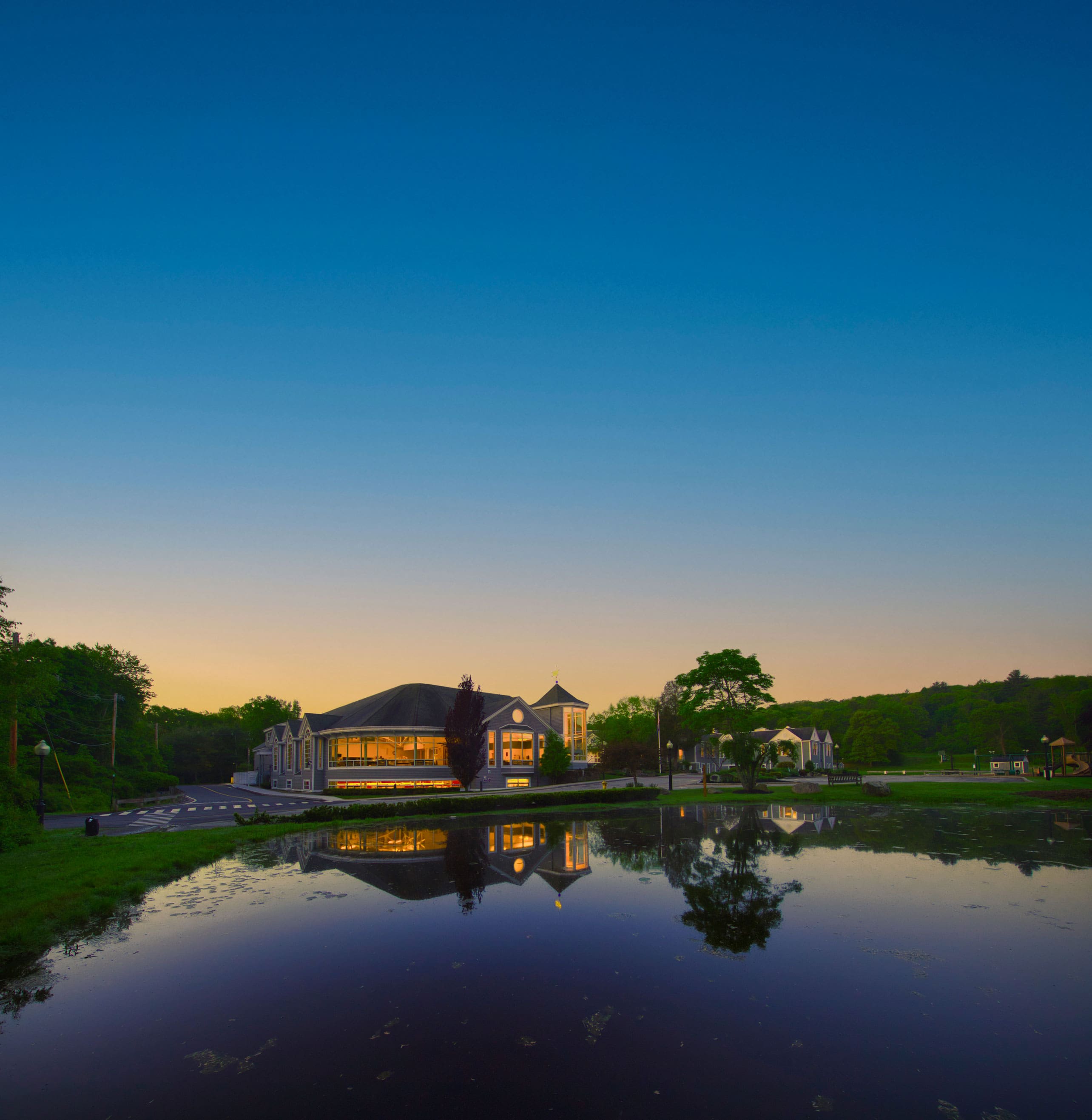
By Meadowbrook Head of School arvind s. grover
I visited one of our seventh grade classrooms just before Thanksgiving and was so inspired.
Student teams were engaged in a formal debate on whether the United States has a moral duty to provide humanitarian and financial aid to developing nations. It was one of five debate topics and just happened to be the same topic I had been a judge for last year. I was wondering how it would compare, with students and teachers this year connected virtually from several locations: a few were at home, and those on campus were in small, physically distanced cohorts in two different rooms.
The team teacher who moderated the debate was “remoting in” from home. She introduced the topic with party music, setting up a palpable energy. The “for” group presented first, and then we had the rebuttals, which were very strong and just as individually targeted as if everyone had been in the same room together. The students argued their points so well that I got completely caught up in the debate. At the end, the cheers for the winning team were loud and joyful. The students were not only learning, but having fun.
This showed me clearly that our teachers know what they want students to do:
They want them to grapple with complex topics no matter where they are learning. They want them to be engaged and to work together. They want them to thrive. Everyone has had to take it up to the next level this past year to find ways to live out our mission in this bizarre time. And they’re doing it.
We’ve been successful because undergirding all of our planning is a commitment to academic excellence. As the faculty and I grappled last summer with the question of how to open our school in a pandemic, we knew that in addition to prioritizing health and safety, we had to continue to push the envelope in learning. That’s the Meadowbrook Way:
a shared understanding of excellence and the positivity that comes with this.
To begin our planning, we took a human-centered design approach, asking who will be impacted by our decisions. Thus we knew we had to center on our students, our families, and our faculty. We conducted focus groups to understand what worked well during last spring’s distance learning, and what didn’t. We uncovered the problems people were experiencing and set to work to build a school life that would support everyone—a plan that would work no matter what.'
Determining How to Run a School in a Pandemic
I am a student-centered educator. I am obsessed with how and what kids learn—and optimal learning requires a thriving faculty.
If they’re not feeling well, they can’t deliver for our students, especially in a pandemic. So that was one facet of our planning, and we continue to seek ways to keep our teachers strong. Even little things, such as the 90 submissions we recently received from parents for our “Big Hug” teacher thank-you video, help them remain resilient.
Another facet was the idea of continuous learning, which is part of the fabric of Meadowbrook and what attracted me to the school four years ago. We had to discover the best technology, the right schedule, the best safety layers and testing to implement, and then remain in an “always on” learning mode so that we could respond quickly and effectively to conditions on the ground. Adaptability is key:
If we make a change one day, it has to be a confidence move based on the new information we have gathered. And we have learned much that we will keep for the future.
Creating a community of belonging was also central to our planning, particularly when we have some new students who have not yet been on campus because distance learning is best for their family. We are excited that our community is growing more diverse as well. When I hear from all types of families, with students of all ages, how happy their children are, I know we are succeeding here. I also know that happy children are avid learners.
Finally, it has always been important to us at Meadowbrook to be high touch, and that is definitely a challenge right now. For instance, our three deans can’t visit all of their grades personally right now because they are each cohorted with one group for safety reasons. But, as with all of the other principles that factor into our planning, we keep the importance of that high-touch interaction in mind even if we have to make compromises with purpose. I am so happy to hear from so many parents that their children feel connected to their teachers. Families also say it has been evident through the parent-teacher conferences that our faculty truly know each and every child.
So our planning teams will continue to meet and adapt, always with one constant in mind: as we face COVID-19’s impact on our community, we continue unrelenting in our pursuit of academic excellence along with health and safety.








